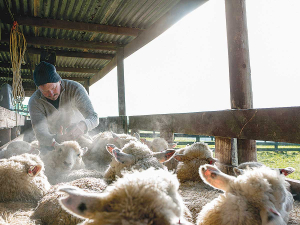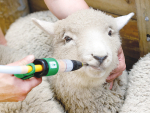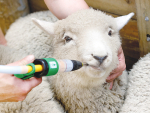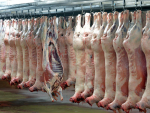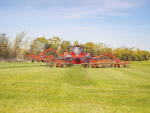Knowing which drench will work on your parasites and using the drench properly is key to managing parasites effectively and ensures the investment you have made in the cost of drenching is not wasted.
Consequences of using an ineffective drench and poor technique can be serious. Some of these consequences include drench resistance increases, reduced animal production and profitability, stock deaths due to high parasite burden, while some drenches can be toxic when incorrect dose rates are used.
Parasites may not be the only reason stock may be thin or scouring – know what you are treating.
Which drench to choose?
Not all drenches work on all parasites, use the right drench for the job.
A faecal egg count reduction test (FECRT), carried out every 2-3 years, will help you select the most useful drench for your farm.
Keep monitoring to see how effective your drench, drenching technique, and drenching programme are.
Stock
Weigh a random sample of animals (at least 40) and drench to the heaviest weight.
Estimating weight can lead to underdosing, some parasites not being killed and an increased chance of developing drench resistance.
Animal weights in the mob may vary widely, draft into light and heavy mobs (preferably using scales not by eye), and dose to the heaviest weight in each group.
Handling drench
Read the drench label, check and record the expiry date, batch number, withholding period and note any precautions or special instructions.
Calculate the correct dose based on the heaviest animal weight.
Shake the drum of drench well before filling the backpack to ensure even mixing.
Drench equipment
Regularly service drench guns and have more than one ready to use.
Check your drench gun for leakages or backflow and replace valves and washers if necessary.
Check drench gun nozzle for damage and rough edges.
Calibrate drench guns to check they deliver the correct volume. Use drench not water for calibration.
After drenching, rinse the drench gun, disassemble, wash with warm water, lubricate all moving parts and reassemble carefully.
Fix any equipment that is broken as soon as it happens.
For more information and useful resources go to: www.wormwise.co.nz

